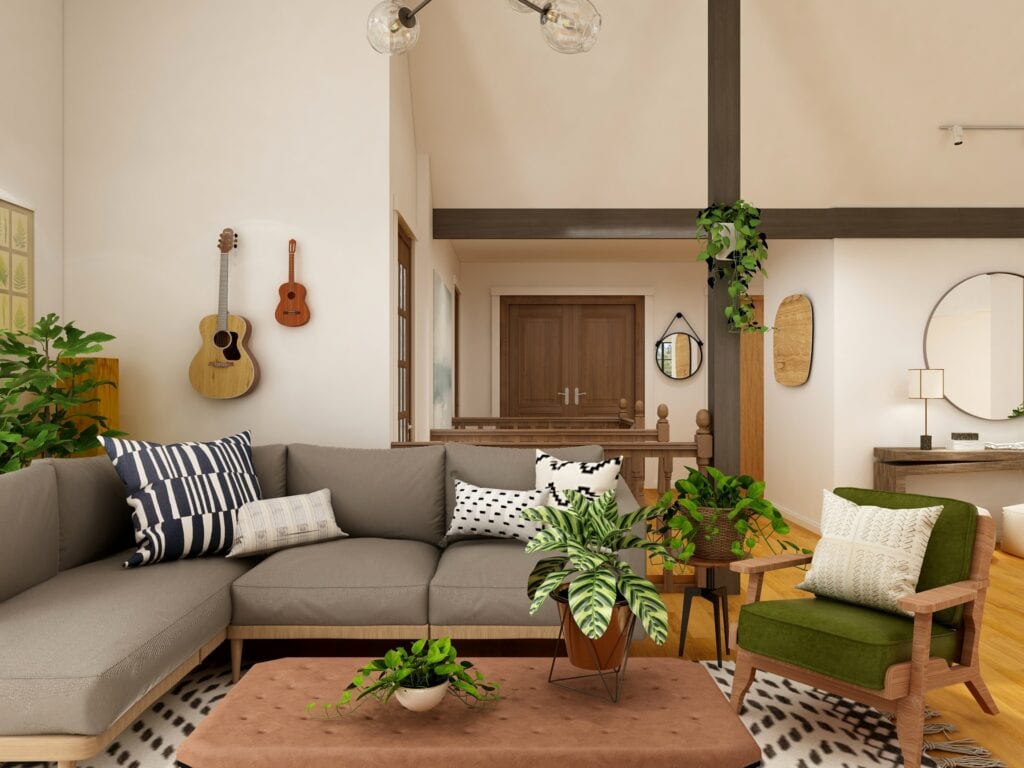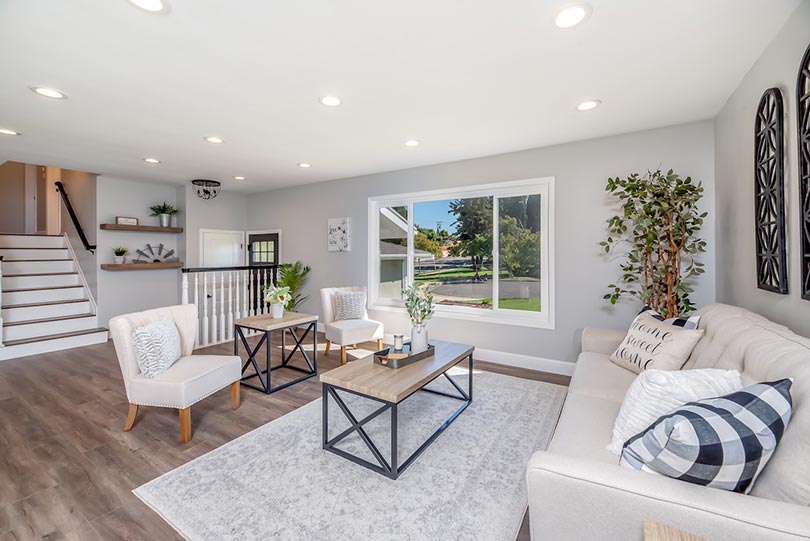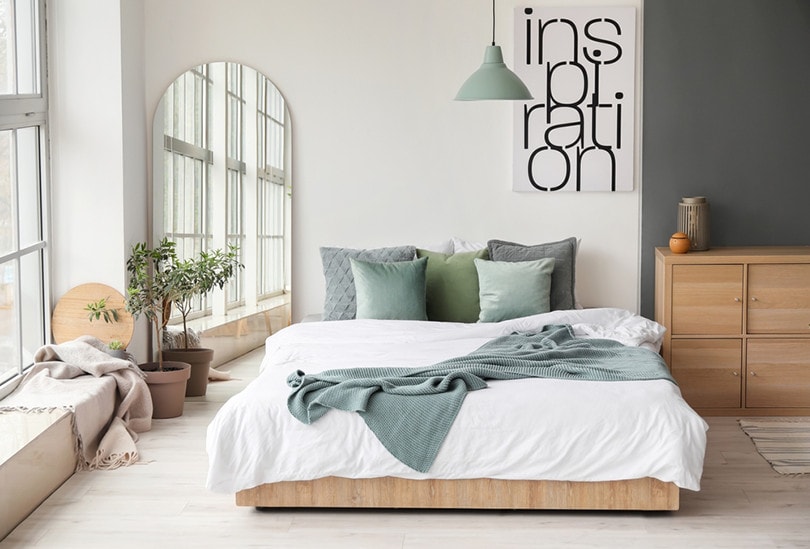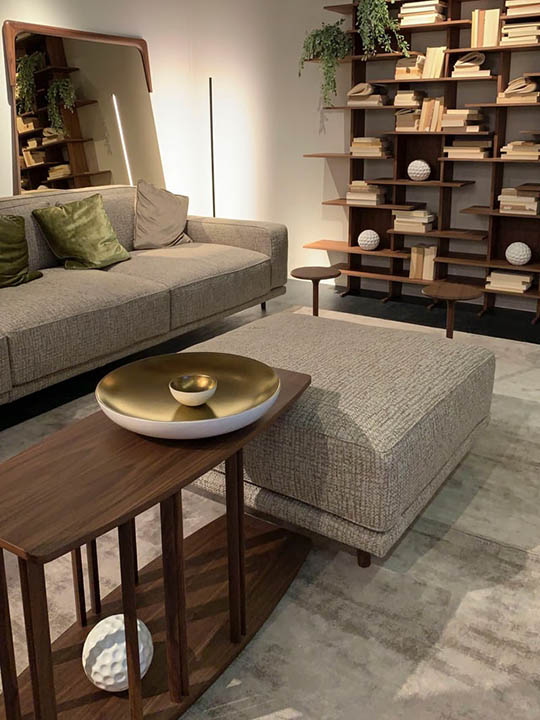What Is the Ideal Room Temperature for Every Situation? Tips, Facts, & FAQ
-

- Last updated:

What is the ideal temperature? That is an age-old question that has elicited a lot of debate from multiple sectors of society. Some people like it hot, some people like it cold, and some people like it to be just right. But what temperature is just right? The answer will depend on the individual, but thanks to a slew of new data, we can narrow down exactly what temperatures people seem to enjoy the most. Basic, bar standard, room temperature is defined as 68 – 72°F.
Here is the ideal room temperature for every situation, including home, bedroom, office, and for when you are on vacation. There are also tips included to help you manage and maintain your ideal temperature at home no matter what the situation is outside.
Standard Room Temperature (68–72°F)
The average of these numbers is 70 °F. Whenever people say, “room temperature,” this is generally the definition that they are referring to. Dictionary.com states the definition of room temperature as “a comfortable temperature range indoors, usually considered to be 68 to 77°F.”

Best Home Temperature (68–71°F)
Unsurprisingly, most people agree that the ideal average temperature for a home is room temperature. The numbers skew slightly lower from the definition (71 vs. 72°F), but the sentiment remains the same. People love their homes to be at room temperature. The ideal average home temperature is 69.5°F.
Best Room Temperature in Summer (72–76°F)
Maintaining indoor temperatures in the summer can be difficult, especially in hot climates. As the temperature outside soars to 90, 95, or even 100°F, it can be nearly impossible to keep the temperatures adequately low. Running an air conditioner constantly can be expensive, and it can put a strain on the components used to cool your home. For these reasons, the ideal summer temperature is higher than during other parts of the year. As the temperature outside climbs, so too does the indoor temperature. The ideal summer temperature is 72-76°F but can actually be higher in very hot environments.
Best Room Temperature in Winter (65–68°F)
The ideal winter temperature is 65-68°F and represents the lower end of room temperature. Keeping your house cooler in the winter is perfectly fine, and some people even prefer temperatures closer to 60°F, which is a great temperature for sleeping. The ideal temperature ranges for summer and winter bracket the overall ideal average room temperature. Temperatures drift upwards in the summer and sink slightly lower in the winter, but everything revolves around the ideal 70°F mark.

Best Office Temperature (74–77°F)
The ideal temperature of a communal office has been the subject of intense debate, widespread jokes, and high-level corporate discussion. The problem with finding the perfect temperature for an office is that offices encompass many individual people wearing different outfits and uniforms and of different ages. Women typically enjoy a higher ambient temperature than men. Elderly people also need temperatures to be a few degrees warmer than on average.
In offices dominated by men, women will find it to be cold. Similarly, offices dominated by women will feel too warm for many men. Despite the debate, the most efficient average office temperatures were found to be between 74 and 77°F. This might sound warm to many people, but these are the temperatures that fostered the best production from workers, the best office collaborations, and the least amount of complaining across the board.
Best Bedroom Temperature (60–62°F)
The air temperature can severely affect an adult’s sleep. Even though room temperature is generally around 70°F, the ideal temperature for sleeping is quite a bit lower than that. The Cleveland Clinic claims the best temperature for sleeping is 60-67°F. In order to get the best benefits of sleeping temperature, experts suggest keeping your bedroom between 60-62°F. These temperatures will help adults get to sleep, sleep deeper, and stay asleep longer.

Best Bathroom Temperature (71°F)
The ideal temperature for a bathroom is slightly higher than for the rest of the house. Experts say it is better to have your bathroom a few degrees warmer than your bedroom for a couple of reasons. First, you do not spend much time in the bathroom as compared to your bedroom or living room, so it does not have to be as cool. Second, keeping your bathroom too cold can be a risk for people who are getting out of a hot shower or bath. If you get out of a hot bath and the bathroom’s temperature is in the 60s, it can cause shivering and even hypothermia.
Best Temperature for Babies (68–72°F)
According to medical experts, the ideal temperature for newborn babies is 68–72°F. That temperature range is also considered room temperature. Temperatures that get much lower than this put the baby in danger of getting too cold. Temperatures above 72°F put babies at risk of overheating. Hot or overheating babies have been identified as a potential risk for sudden infant death syndrome (SIDS), which kills multiple infants every year.
Best Temperature for When You Are On Vacation (85–90°F / 50–55°F)
It is a good idea to raise or lower your thermostat when you are going to be out of the house for an extended period. Air conditioners are set for the benefit of the home’s occupants, not for the home itself. Your house does not care if it is 90°F or 45°F. Typically, you don’t want the temperature inside to approach 100°F or fall below 45°F however it is perfectly fine to set your thermostat to a temperature you would never consider if you were home.
In the summer, set your vacation thermostat between 85 and 90°F. In the winter, you can set your thermostat between 50 and 55°F. This will save you money by allowing your AC system to take a break when you are gone.

How To Improve Your Temperature Efficiency
1. Get Regular AC Maintenance
One of the best things you can do for your home’s temperature is to keep your air conditioning system in peak shape. Air conditioners should receive annual maintenance, if not bi-annual maintenance, to keep them running at peak efficiency. AC units that do not receive maintenance can get clogged, dirty, sluggish, and inefficient. That can cause you to spend more time and money heating and cooling your home. It can also lead to uneven heating or cooling or a lack of heating or cooling power. Regular AC maintenance can be scheduled by a local technician and usually costs around $100 per visit, but the money is well worth it.
2. Use Zoning
One effective way to keep your house feeling ideal is to use temperature zoning. Temperature zoning is a feature of some split AC systems and modular systems. Some central AC units let you set individual temperatures for different rooms or zones of your house. If you want your bedroom cooler than the rest of the house, simply set it. If you need your grandma’s room to be warmer than your room, change the temperature in her zone. Not all AC systems allow you to access this level of granular control, but the ones that do can be extremely helpful in getting the ideal temperature for every situation.

3. Manage Your Windows
Windows are a large source of temperature gain and loss inside a house. Uncovered windows can let in a lot of sunlight which can work to raise the ambient indoor temperature. In some situations, the temperature rise can be rapid. Similarly, windows can also bleed heat and leave a room feeling drafty or chilly. Managing your windows is a critical component of keeping an ideal temperature inside your house. During hot days or seasons, it is good to cover your windows to prevent too much sunlight from getting in and warming the house. In the winter, you want to be on the lookout for gaps that can cause drafts. You also want to uncover the windows to let in sunlight to help warm the house when it is cold.
If you want to embark on a new project, you can also replace your old windows with new energy-efficient windows that are designed to regulate temperature and energy usage far better than old windows. New windows are made with temperature regulation in mind as opposed to old windows, which were not.
4. Stay Ahead of The Temperature Curve
Anticipating temperature changes, temperature swings, and outdoor temperatures can help you plan ahead and keep your house at the ideal temperature. If the following day is supposed to be exceptionally hot, you might want to cool your house by an extra few degrees the night before to give yourself a boost when the mercury starts to rise. Similarly, if the day is supposed to be exceedingly cold, you might want to get the heat cranked up a few hours ahead of time. Give yourself a cushion before the temperature rises or falls. Those extra few degrees will help keep your house insulated and feeling the best even when the conditions outside become unconducive to maintaining an ideal indoor temperature.
5. Use Fans
Fans are a great way to lower the ambient temperature of a room without cranking the air conditioning down. If you want your bedroom to feel a couple of degrees cooler than the rest of the house, buy a fan and get the air moving. There are multiple different types of fans that you can get, including ceiling fans, box fans, tower fans, and bladeless fans. Each fan has its own set of pros and cons, but they can all help cool a specific room or space without resorting to touching the thermostat.
Conclusion
At the end of the day, set your thermostat to where you feel the most comfortable. Some people like higher ambient temperatures. Some people like to be frigid. The ideal temperature is determined on an individual basis. Ideal temperatures can also be affected by culture, region, and climate. These numbers represent a synthesis of studies, medical opinions, and surveys but no temperature can truly be a one-size-fits-all solution.
Featured Image Credit: Collov Home Design, Unsplash
Contents


